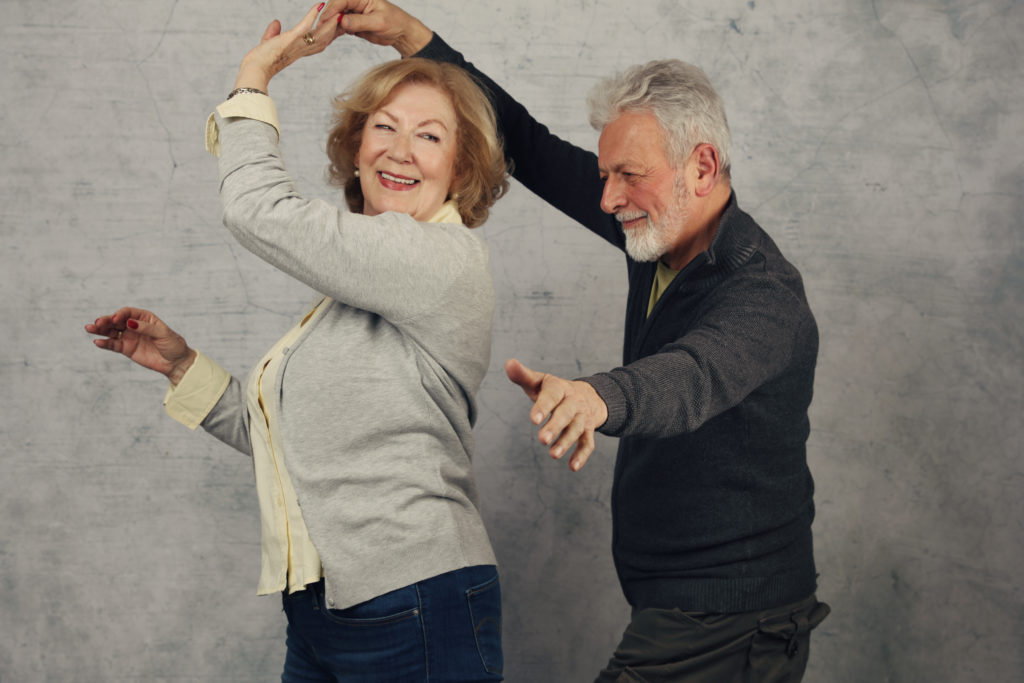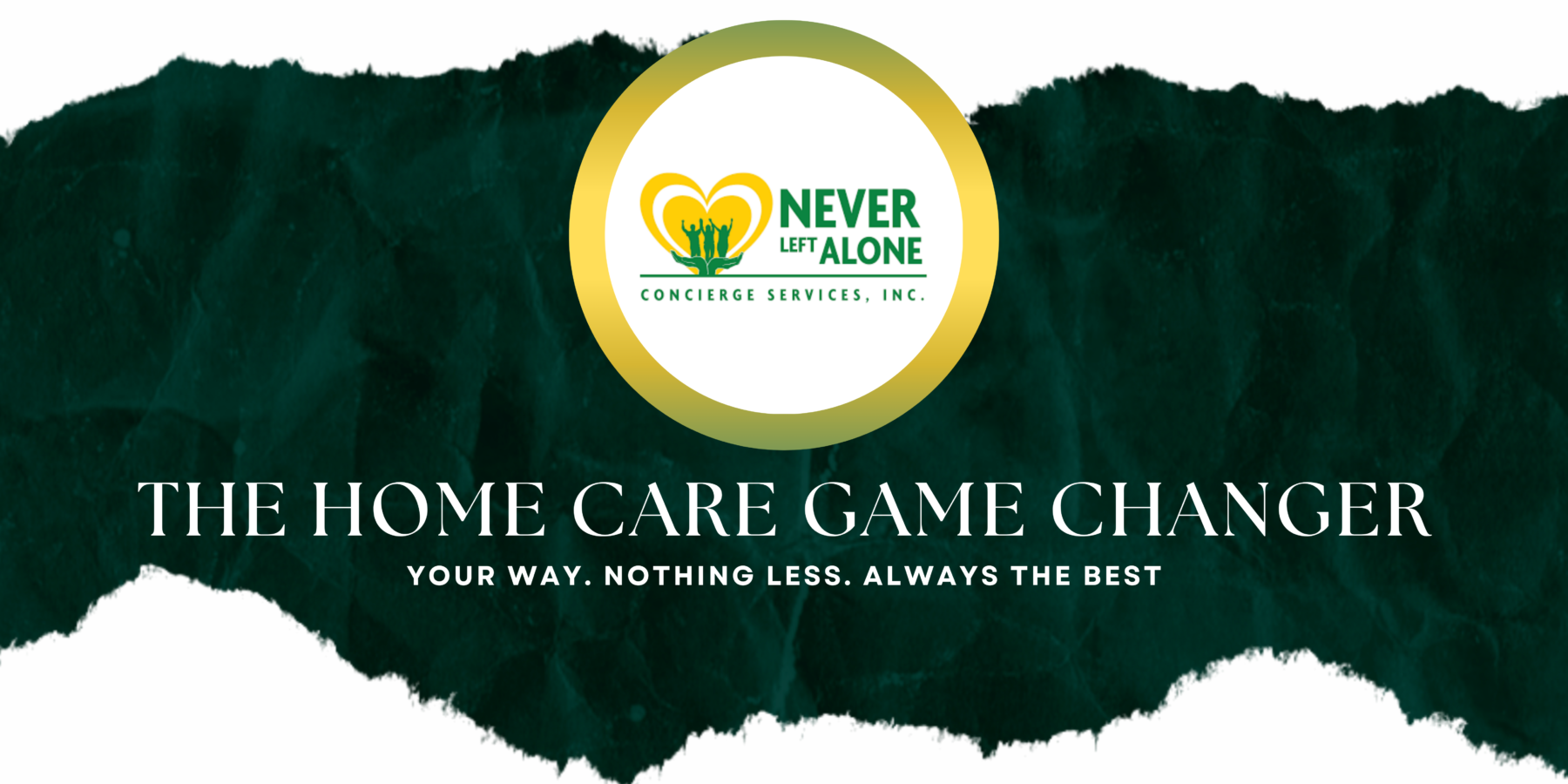“We should consider every day lost in which we have not danced at least once.”
~Friedrich Wilhelm Nietzsche~

As we know, exercise is a key component for staying healthy. Movement is important for older adults, especially those for whom a sedentary lifestyle poses health threats.
A recent study by the New England Journal of Medicine discovered that dance had the greatest protection against dementia of any of the other leisure activities studied, reducing the risk by up to 76%. Other activities studied were reading, bicycling, swimming. crossword puzzles, and golf.
As brain cells die and weaken with age, the first thing to go is nouns (like the names of people) because there is only one pathway to remembering those. Dancing uses multiple pathways to movement, from coordinating steps and enjoying the music to social interactions. Therefore, there are more pathways a person’s brain creates to facilitate the fun.
Additionally, freestyle dancing (dancing that doesn’t follow a specific set of steps) might be even better than more pattern-based dancing, like ballroom, for mental acuity. The reason is that anything that requires us to constantly think and revise on the go requires our brain to continually re-route and create new pathways for decision-making.
While dancing might be the most fun and brain diverse way to strengthen new neural pathways, anything that requires quick decisions versus a routine way of doing things can help.
Freestyle dancing as a pair creates an additional need to interpret signals from a partner. Changing up the partner adds even another level of complexity. So maybe try putting on some good music and have everyone in the family dance with mom on different days?
Pattern-based dancing can be relaxing and movement-rich. For improving chances against dementia, people who are proficient in ballroom dancing can move into a brain space that is more routine, which reduces the neural rerouting that can be more useful for older adults.
The wonderful message in this is that dancing early and often can help our brains no matter what age we are.
Source: New England Journal of Medicine, Psychology Today, and Stanford University Dance
The Benefits of Dance
Improves cardiovascular health
Improves balance and strength Gentle on the body
Boosts cognitive perform ance
Can be done by anyone
Can be a social activity
Is mood boosting
Source: Healthline
Dance Movement Therapy (DMT)
If you are aren’t sure about the idea of creating a dance routine with your loved one, you have other options for introducing dance into their lives. Dance Movement Therapy (DMT) targets the specific areas in which your loved one might need improvement.
Dance therapists are more dialed in to which movements will help improve specific neural pathways. They can design programs to help with balance and gait issues associated with diseases like Parkinson’s Disease. While some steps are taught, there is often a focus on creativity and freestyle to engage more of the senses.
Dance therapy is based on the principle that movement reflects an individual’s though ts and feelings. So. watching how a person chooses to dance. paired with their physical and emotional capabilities during the process, will give the therapist insights to guide the therapy.
Source: National Institutes of Health
Dance as Mind-Body Intervention for Parkinson’s
Dance requires the practice of fluid movements and postures while maintaining full body control, which can address many motor symptoms associated with Parkinson’s. In addition, dance can improve patients’ emotional, cognitive, and social well-being as a result of listening to music and interacting with other people.
Here’s how dance may address each of the key areas identified as being important in an exercise program designed for individuals with Parkinson’s.
- Dance is an activity performed to music. The music may serve as an external cue to facilitate movement.
2. Dance involves the teaching of specific movement strategies.
3. Dance incorporates balance exercises.
4. Dance can enhance strength and/or flexibIlity.
5. Dance can result in improved cardiovascular functioning.
Source: Parkinson’s News Today and National Institutes of Health


